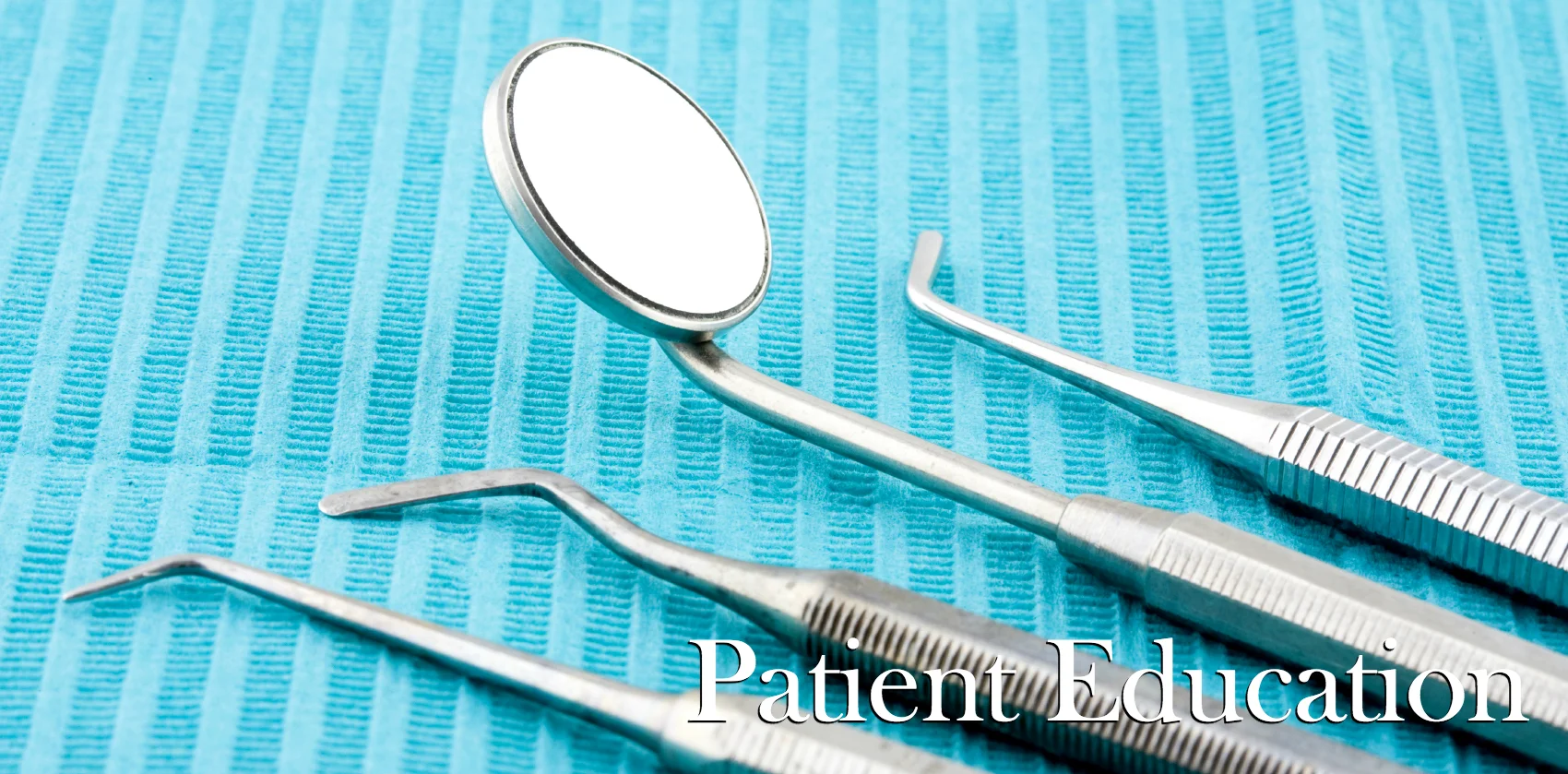If you pay attention, your mouth does a great job of cluing you into its problems. From color changes to random aches and pains, the oral cavity responds very vividly to alterations in environment. With this in mind, we made a list of some of the most common complaints at dental exams and screenings nationwide. However, this article isn't a substitute for an actual diagnosis. Only a dental professional in a clinical setting can give you the full story! Read on to see how and why we respond to these common complaints:
Red/puffy/bleeding gums- This usually indicates some type of disease process occurring in the periodontal tissues. While fixing the problem involves a dental checkup and cleaning, it usually starts with better brushing and flossing techniques at home.
Sensitive teeth near the gum line- Gingival recession (where the gums wear away from the necks of the teeth) affects about 50% of the adult population and almost 90% of those over 65. As the gums recede back, they reveal bare tooth root material, called cementum. This layer conducts cold to the nerves much quicker than enamel. We recommend switching to a sensitivity toothpaste like Sensodyne to help ease the shock with cold foods.
Sore teeth/jaw on both sides- This is typically an indication of clenching or grinding. While we can make a custom fitted night guard to protect dental enamel, grinding itself is a psychological process that occurs subconsciously.
Tooth sensitive to chewing after a filling- While post-filling sensitivity can indicate many problems, pain to chewing is a telltale sign of a high spot in the new material. This is easily fixed at a follow up appointment to re-contour the biting surface.
Lingering pain to temperatures- Prolonged sensitivity to hot and cold usually means the nerve within the tooth is irritated irreversibly. That tooth will most likely need a root canal or other nerve therapy.
Cracked lips or burning gums after switching toothpaste- Many toothpastes contain a compound called sodium lauryl sulfate (SLS). Some patient's soft tissues will become irritated, red or swollen after being exposed to this chemical. For those with more sensitive gums, we recommend seeking out a milder product like Sensodyne or Biotene paste while avoiding products with SLS.
Food constantly stuck between two back teeth- This usually indicates that a physical space has opened between two adjacent teeth. With time, the teeth move as they adapt to changes in jaw space and biting forces. An opening between two posterior chewing teeth should be addressed to protect the gums and bones in this area. Constant food impaction will speed up the progression of periodontal disease exponentially.
In general, it is difficult (or impossible) to properly diagnose a dental problem without an exam and appropriate x-rays. This list serves as a general idea of how a dentist may interpret your complaint into a treatment or recommendation. It does not take into account your personal dental history, medical history or any other specific information. If you would like more information on dental exams, diagnosis or emergency treatments, please give our office a call!





















